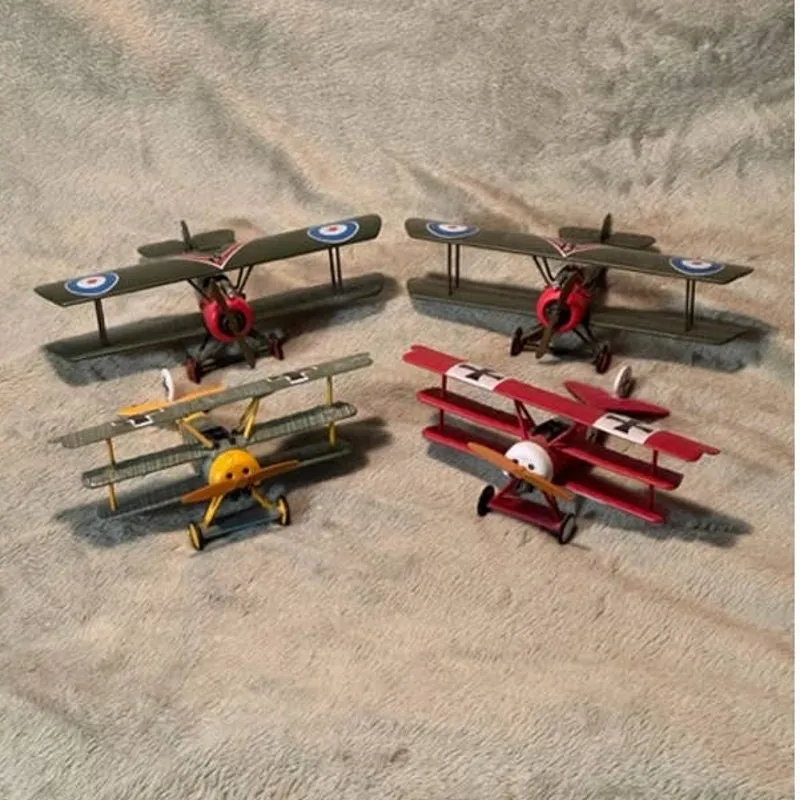What are WW2 Diecast Model Airplanes
WW2 diecast model airplanes are miniature replicas of aircraft used during World War II, meticulously crafted from diecast metal. These models are highly sought after by collectors and enthusiasts for their historical significance, detailed design, and the craftsmanship involved in their creation. They offer a tangible connection to a pivotal period in history, allowing collectors to appreciate the engineering and aesthetics of iconic warplanes. From the sleek lines of a Spitfire to the imposing form of a B-17 Flying Fortress, these models capture the essence of the aircraft that dominated the skies during the Second World War. They are not just toys; they are miniature works of art, representing a bygone era of aviation.
The Historical Significance
The historical significance of these models is immense. They serve as educational tools, helping to preserve the memory of the aircraft, pilots, and battles of World War II. Each model tells a story, representing a specific aircraft, its role in the war, and the technological advancements of the time. Collectors often delve into the history of the aircraft, researching its combat record, the pilots who flew it, and the factories where it was built. This adds a layer of depth and appreciation beyond the aesthetic value of the model. The models also represent a tribute to the bravery and sacrifice of those who served during the war, allowing us to remember their contributions.
Iconic Aircraft Represented
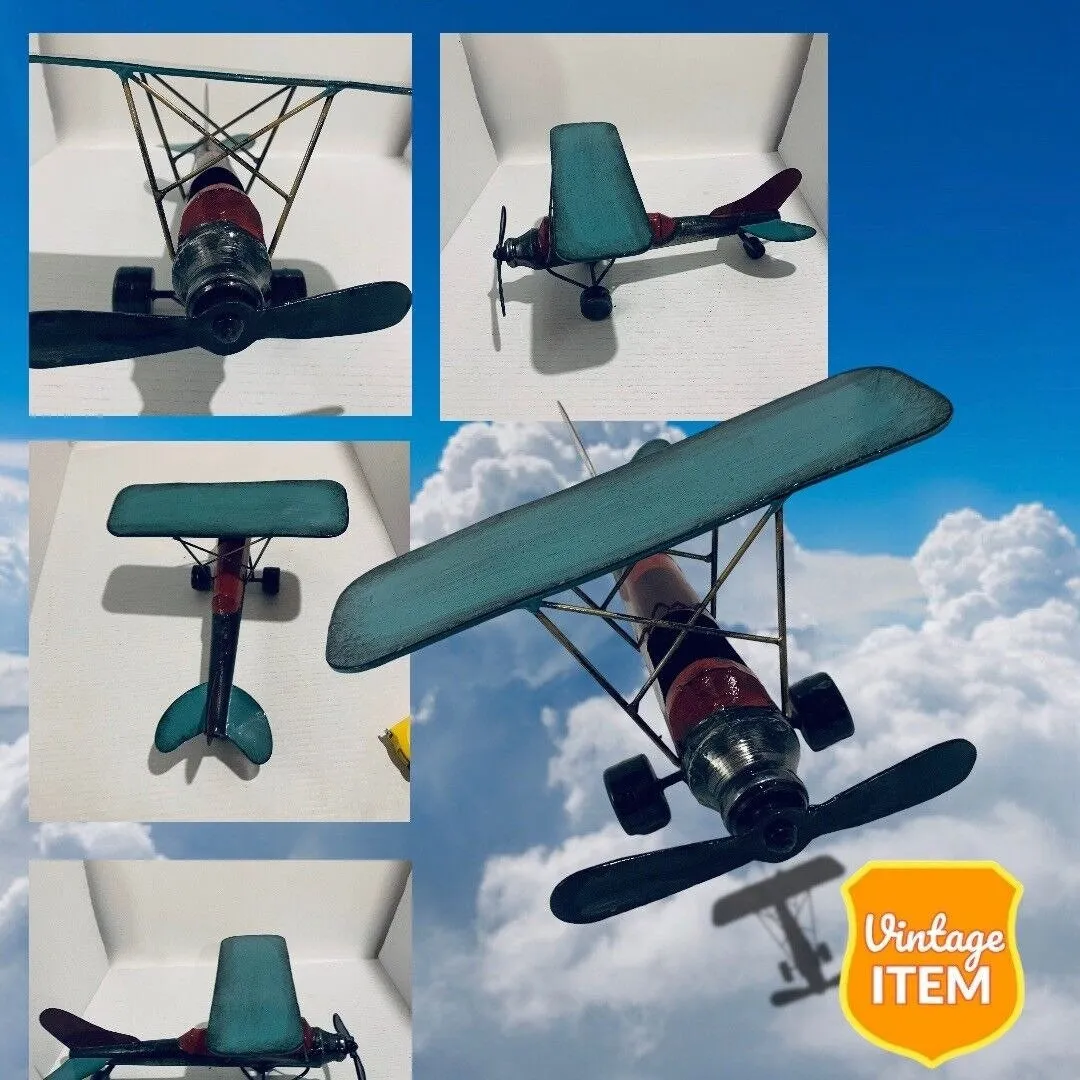
A vast array of iconic aircraft is represented in diecast model form. These include the Supermarine Spitfire, a symbol of British resilience, the Mitsubishi A6M Zero, the primary fighter of the Japanese Navy, and the Boeing B-17 Flying Fortress, a workhorse of the American bomber fleet. Other notable aircraft include the Messerschmitt Bf 109, the dominant German fighter, the P-51 Mustang, renowned for its long-range escort capabilities, and the Hawker Hurricane, instrumental in the Battle of Britain. Each model allows enthusiasts to examine and appreciate the unique design features and the historical context of these legendary machines. The variety of aircraft available caters to diverse interests, from fighter planes to bombers and transport aircraft.
Fact 1 The Scale and Detail
One of the most captivating aspects of these models is the scale and detail. Manufacturers meticulously replicate the aircraft in various scales, with 1:72 and 1:48 being common choices. This allows collectors to build comprehensive collections without requiring vast amounts of space. The level of detail is often astonishing, with accurate representations of panel lines, rivets, cockpit interiors, and even the markings and insignia of the aircraft. Modern manufacturing techniques, including advanced painting and printing methods, allow for incredibly realistic finishes. This attention to detail transforms the models from mere replicas into miniature masterpieces, capturing the essence of the real aircraft.
Scale Variations
The scale of the models varies, offering collectors choices depending on their preferences and space constraints. The 1:72 scale is popular, providing a good balance between detail and size. 1:48 scale models offer more intricate details but require more display space. Other scales, such as 1:24 and 1:32, are available for larger models, often featuring highly detailed cockpits and moving parts. The choice of scale can influence the overall collecting strategy, the display options, and the cost of the models. Collectors often specialize in a particular scale to create a cohesive and focused collection.
Detailed Features
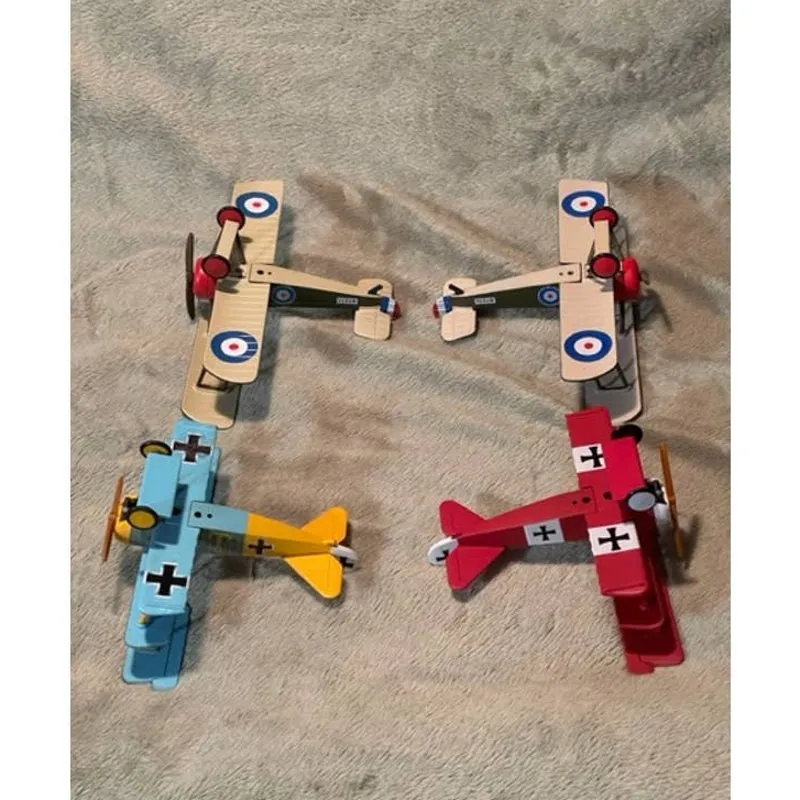
The detailed features of these models are what truly bring them to life. From the intricate panel lines and rivets to the accurate paint schemes and markings, every aspect is carefully considered. Many models include detailed cockpit interiors, complete with pilot figures, instrument panels, and control sticks. Landing gear can be functional, and some models even feature movable control surfaces. These details enhance the overall realism and make the models more engaging for collectors. The level of detail varies depending on the manufacturer and the price point, but even entry-level models often boast impressive accuracy.
Fact 2 The Materials Used
Diecast model airplanes are primarily made from diecast metal, typically a zinc alloy. This material provides durability and allows for the intricate detailing that characterizes these models. Other materials, such as plastic for clear parts (canopies, windows), and rubber for tires, are also used. The use of diecast metal gives the models a satisfying weight and a premium feel. The combination of materials allows manufacturers to create realistic and durable models that can withstand handling and display over time. The choice of materials also contributes to the overall aesthetic appeal, with the metal components adding a sense of quality and authenticity.
Diecast Metal Composition
Diecast metal is a versatile material that allows for complex shapes and intricate details. The metal is melted and injected into molds, creating precise replicas of the aircraft components. The composition of the diecast metal, typically a zinc alloy, provides strength and durability. This allows the models to withstand handling and resist damage. The use of diecast metal also contributes to the weight of the models, giving them a substantial feel. The metal is often coated with paint and decals to replicate the aircraft’s markings and appearance.
Durability and Weight

The use of diecast metal contributes significantly to the durability of these models. They are less susceptible to damage than plastic models, making them ideal for display and handling. The weight of the diecast metal also adds to the model’s stability, preventing it from easily tipping over. The robust construction ensures that the models can be enjoyed for years to come. The durability of the models is an important factor for collectors, as it protects their investment and allows them to appreciate the models without worry.
Fact 3 Popularity Among Collectors
WW2 diecast model airplanes are incredibly popular among collectors worldwide. Their appeal stems from a combination of factors, including their historical significance, the intricate detailing, and the satisfaction of owning a miniature representation of a classic aircraft. The collecting community is vibrant and active, with online forums, clubs, and events dedicated to the hobby. Collectors often specialize in specific aircraft, manufacturers, or scales, creating focused and impressive collections. The market for these models is strong, with prices varying depending on rarity, condition, and the manufacturer. The sense of community and the shared passion for aviation history contribute to the enduring popularity of these models.
Factors Influencing Collectibility
Several factors influence the collectibility of WW2 diecast model airplanes. Rarity is a primary factor, with limited-edition models and those produced in small quantities commanding higher prices. Condition is also crucial, with models in mint condition being the most valuable. The manufacturer’s reputation plays a significant role, with brands known for quality and detail being highly sought after. Historical significance is another important factor, with models of iconic aircraft often fetching premium prices. The presence of original packaging and any accompanying documentation can also increase the value. The overall appeal and the aesthetics of the model also contribute to its collectibility.
Rare and Valuable Models
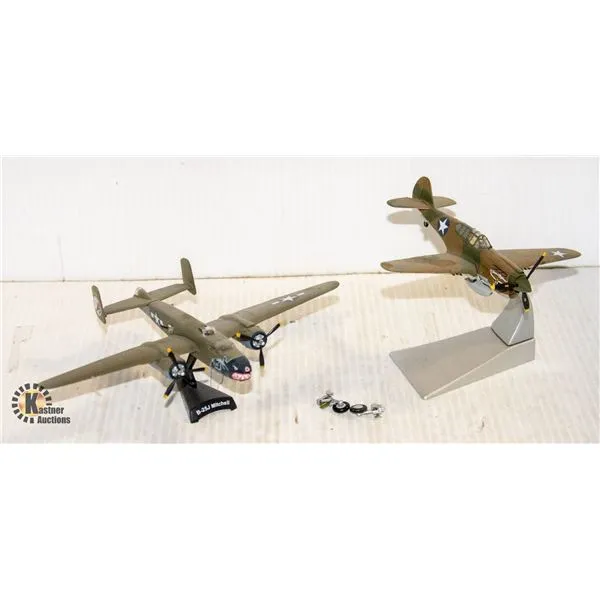
Some WW2 diecast model airplanes are exceptionally rare and valuable. These can include limited-edition releases, models produced by discontinued manufacturers, or those with unique paint schemes or markings. Models of particularly significant aircraft, such as prototypes or those flown by famous pilots, can also command high prices. The value of these models is often determined by their rarity, condition, and historical provenance. The market for rare models is competitive, with collectors willing to pay a premium for exceptional examples. Researching and understanding the market is crucial for identifying and acquiring valuable models.
Fact 4 Different Brands and Manufacturers
Numerous brands and manufacturers produce WW2 diecast model airplanes, each with its own strengths and specialties. Some brands are known for their high level of detail and realistic paint schemes, while others focus on affordability or a specific scale. The choice of manufacturer often depends on personal preference and the specific aircraft or scale that a collector is interested in. Researching the different brands and comparing their offerings is an important step in building a collection. The quality of the models can vary, so it’s essential to read reviews and compare different manufacturers before making a purchase.
Leading Brands
Several leading brands are highly regarded within the diecast model airplane community. These brands often produce models with exceptional detail, accuracy, and quality. Some of the most popular brands include Gemini Jets, Corgi, and Hobbymaster, known for their diverse range of aircraft and high levels of detail. Each brand has its own unique style and strengths, so collectors often have preferences based on their individual interests. These brands set the standard for quality and innovation, ensuring that collectors have access to the best possible models.
Model Series and Special Editions
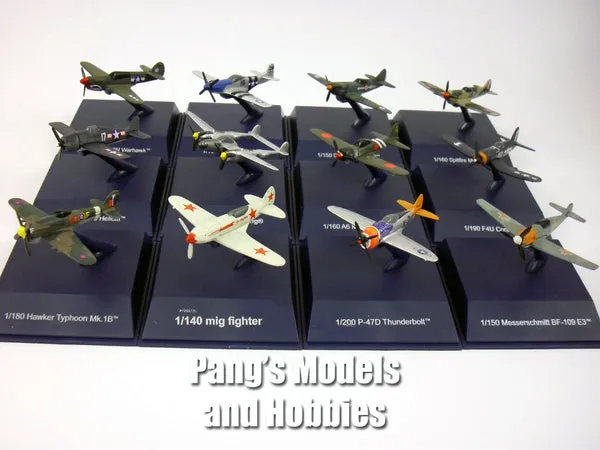
Many manufacturers release models in specific series or as special editions. These series often feature a particular type of aircraft, a specific historical event, or a collaboration with a museum or organization. Special editions may feature unique paint schemes, markings, or packaging, making them highly desirable among collectors. The production run of these models is often limited, increasing their rarity and value. Collectors often seek out these special editions to add diversity and exclusivity to their collections. These series and special editions provide opportunities for collectors to expand their collections with unique and historically significant models.
Fact 5 The Art of Displaying
Displaying a collection of WW2 diecast model airplanes is an art in itself. The goal is to showcase the models in an organized and visually appealing manner, highlighting their details and historical significance. Collectors employ various methods, from simple shelves to elaborate display cases. The choice of display method depends on the size of the collection, the available space, and personal preferences. Proper lighting, background elements, and the arrangement of the models can all contribute to a stunning display. The ultimate aim is to create a captivating presentation that allows viewers to appreciate the beauty and history of these miniature aircraft.
Showcasing Your Collection
There are numerous ways to showcase a diecast model airplane collection. Open shelving provides easy access and visibility, allowing viewers to admire the models from all angles. Display cases offer protection from dust and damage, while also providing a more formal presentation. The arrangement of the models can follow different themes, such as aircraft type, historical events, or the manufacturers. Adding background elements, such as maps, photos, or informational plaques, can enhance the historical context and add visual interest. Regularly cleaning and dusting the models is essential to maintain their appearance and value.
Display Cases and Environments
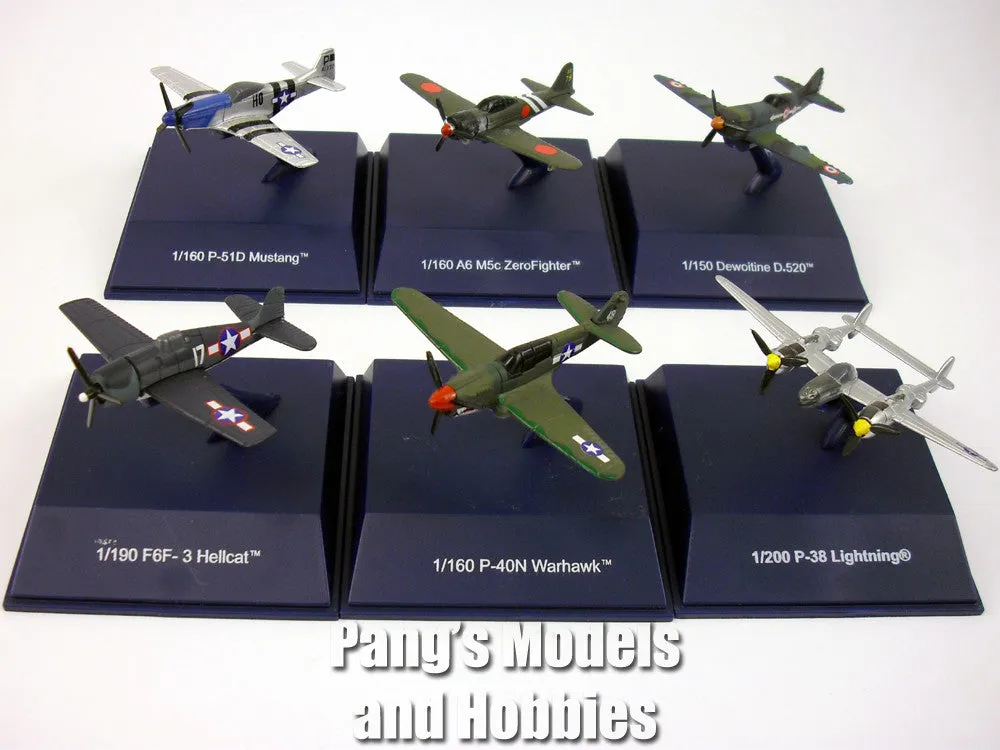
Display cases come in various sizes, styles, and materials. Glass display cases offer optimal visibility and protection from dust, while also providing a sense of elegance. Wooden cases can add a touch of warmth and sophistication. The choice of display case depends on the size of the collection, the aesthetic preferences, and the available space. The display environment should be clean, well-lit, and away from direct sunlight, which can damage the paint and decals. Maintaining a stable temperature and humidity level can also help preserve the models over time. The display environment should complement the models and enhance their visual appeal.
Conclusion
WW2 diecast model airplanes are more than just collectible items; they are miniature representations of history, artistry, and engineering. Their enduring appeal lies in their historical significance, intricate detail, and the passion of the collectors who cherish them. From the scale and detail to the materials used, each element contributes to the allure of these miniature masterpieces. Whether you are a seasoned collector or a curious newcomer, exploring the world of WW2 diecast model airplanes offers a rewarding experience. Start your journey today and discover the fascinating world of these incredible miniature aircraft!
